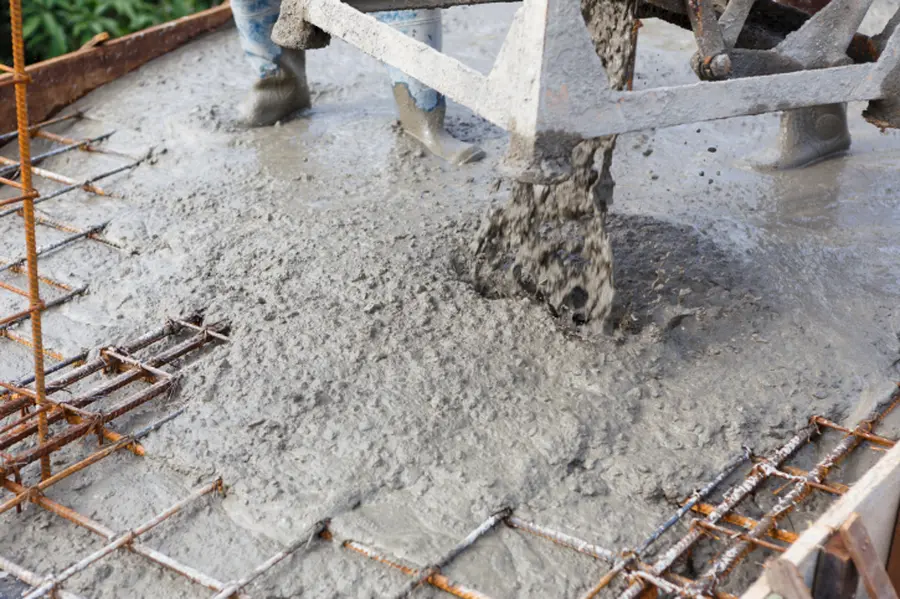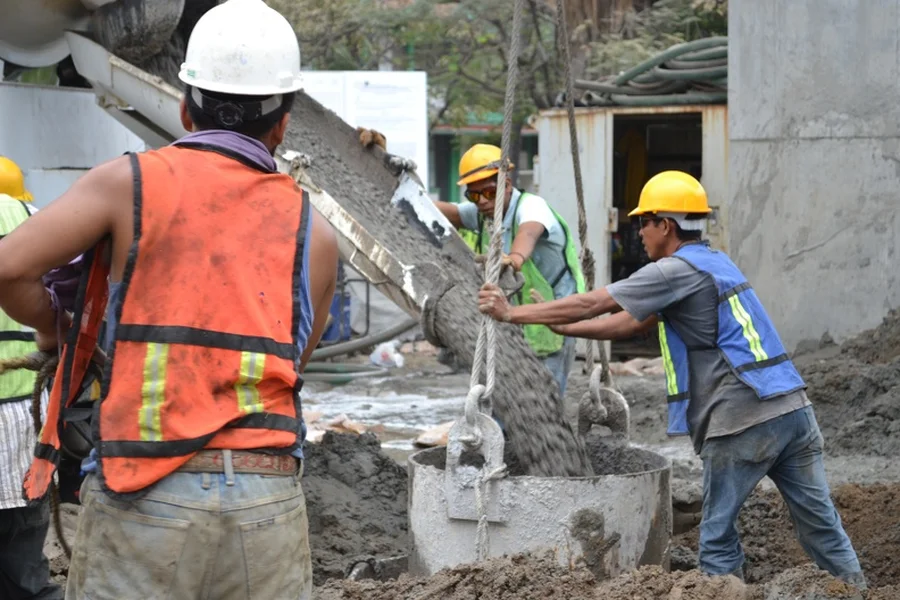The Role of Climate in Influencing Construction Outcomes
Weather conditions play a crucial role in construction projects, especially when it comes to concrete installation. Temperature, humidity, and precipitation can significantly affect the quality and durability of the final product. Understanding these impacts helps contractors plan better and ensure long-lasting results. This article explores how different weather elements influence the process and outcome of concrete work, offering valuable insights for professionals aiming to optimize their installations.

Temperature Effects on Concrete Curing
Temperature is a critical factor during concrete installation. If it’s too hot, the concrete may cure too quickly, leading to cracks. In cold weather, the curing process slows down, which can weaken the structure. Proper timing and temperature control are essential for achieving the desired strength and durability.
Humidity’s Influence on Concrete Setting
Humidity levels also impact concrete installation. High humidity can delay evaporation, causing extended setting times. On the other hand, low humidity speeds up evaporation, potentially leading to surface cracks. Managing humidity is vital for ensuring smooth and even curing.

The Challenges of Precipitation During Construction
Rain can disrupt concrete installation by mixing with the concrete mix, affecting its consistency. It can lead to surface defects or a compromise in structural integrity. Contractors often have to use protective coverings or delay pours during rainy conditions to maintain quality.
Impact of Wind on Surface Finish
Windy conditions can cause rapid moisture loss from the surface of freshly poured concrete. This may result in uneven finishes or cracking. Contractors should monitor wind speeds and consider using barriers to shield newly installed concrete.
Strategies for Overcoming Weather-Related Issues
- Utilize weather forecasts to plan project schedules.
- Employ curing compounds to manage evaporation rates.
- Use insulated blankets or tents to regulate temperatures.
- Delay pours if adverse weather conditions are forecasted.
Best Practices for Year-Round Installation
To ensure successful year-round installations, contractors should adopt flexible approaches tailored to seasonal conditions. Adjusting mixtures based on temperature, employing heated enclosures during winter, and scheduling pours during optimal times of day are effective strategies. Such practices help mitigate risks associated with varying weather patterns.
The Economic Implications of Delayed Projects
Weather-related delays can increase costs due to extended labor hours and potential material wastage. Efficient planning and adapting to weather changes not only preserve the integrity of the project but also control budget overruns by reducing downtime and resource waste.
How Professionals Ensure Optimal Results
Industry experts recommend continuous monitoring of weather conditions throughout the project duration. Investing in technology like moisture meters and thermal blankets proves beneficial. By implementing these tools and techniques, one ensures that environmental factors do not compromise the quality of their work.
Contact Our Team for Expert Solutions
If you’re dealing with challenging weather conditions during your construction projects, contact us today at (984) 273-7370 for expert advice and solutions. Based in Selma, NC, we understand local climate challenges and provide specialized services for all your needs. At Alvin Godwin Concrete, our team is committed to delivering high-quality results while addressing every aspect affected by weather conditions.
